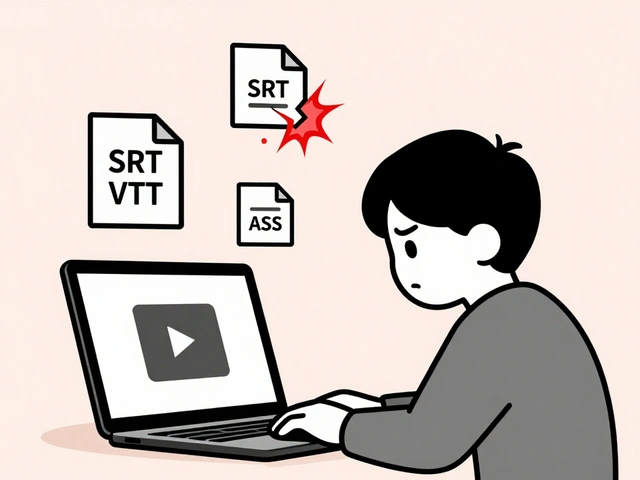Crypto Market Crash: What Triggers, Impacts, and How to Navigate
When working with crypto market crash, a sudden, steep decline in cryptocurrency values across multiple exchanges. Also known as crypto plunge, it typically follows a chain of panic selling, regulatory shocks, or macro‑economic stress. A crypto market crash isn’t just a price dip; it reshapes investor behavior, forces exchanges to adjust liquidity, and can accelerate innovation as developers seek more resilient protocols. The Ethereum blockchain, the programmable network behind many DeFi projects and NFTs often feels the tremor first because smart‑contract activity magnifies price swings. Meanwhile, the way you store your coins matters: a hot wallet, an online wallet connected to the internet for quick transactions can become a target during a crash, while a cold wallet offers more protection but less flexibility. Understanding these connections—crypto market crash encompasses rapid devaluation, requires solid risk management, and is influenced by Ethereum’s network health—helps you stay a step ahead when the market turns volatile.
Key Factors Behind a Crash and the Assets Most Affected
Regulatory announcements are a major driver; when a government signals tighter crypto rules, traders often dump assets, pulling down prices for the whole sector. Macro‑economic indicators like interest‑rate hikes or inflation spikes also divert capital away from speculative assets, pressuring Bitcoin and altcoins alike. Within this backdrop, cryptocurrency, any digital token that uses cryptography for security and operates on a blockchain faces heightened scrutiny, and liquidity can evaporate in seconds. Projects built on Ethereum, such as DeFi protocols, see their token values swing dramatically, which in turn affects lending platforms and stablecoin mechanisms that rely on those prices. During a crash, transaction fees (gas) on Ethereum can spike, slowing down network activity and making everyday operations like token swaps more expensive. At the same time, investors rush to safer havens, shifting funds into assets like stablecoins or fiat, further draining market depth.
What can you actually do when the market starts wobbling? First, assess how much of your portfolio lives in hot wallets versus cold storage; moving a portion to a hardware wallet can reduce exposure to exchange hacks that often rise when panic sells flood the system. Second, diversify across blockchains—holding assets on Binance Smart Chain, Solana, or other networks can cushion the blow if Ethereum’s price plunges. Third, keep an eye on on‑chain metrics such as active addresses, transaction volume, and gas price trends; they act as early warning signs of stress. Finally, set stop‑loss orders or use automated rebalancing tools to lock in profits before a crash deepens. By linking these practical steps to the core concepts—crypto market crash, Ethereum blockchain dynamics, and wallet security—you’ll be better equipped to weather the next downturn. Below you’ll find a hand‑picked collection of articles that dive deeper into each of these areas, from how Ethereum works to best practices for hot and cold wallets.
5
What Causes a Crypto Market Crash? - Key Triggers Explained
Explore the main factors behind crypto market crashes, from macro‑economics and regulation to liquidity and sentiment, and learn how to spot warnings and protect your investments.
Latest Posts
Popular Posts
-
 Paramount+ with Showtime vs. Peacock Premium vs. ESPN+: Which Sports Add-On Fits Your Viewing Habits?
Paramount+ with Showtime vs. Peacock Premium vs. ESPN+: Which Sports Add-On Fits Your Viewing Habits?
-
 Why Subtitles Aren't Working: Fix Common Video Text Issues
Why Subtitles Aren't Working: Fix Common Video Text Issues
-
 Best Educational TV Shows for Preschoolers, Elementary Kids, and Tweens
Best Educational TV Shows for Preschoolers, Elementary Kids, and Tweens
-
 Breakout Indies at the Box Office: How Word-of-Mouth Made These Films Blockbusters
Breakout Indies at the Box Office: How Word-of-Mouth Made These Films Blockbusters
-
 How to Cancel Paramount+: Step-by-Step Guide
How to Cancel Paramount+: Step-by-Step Guide



